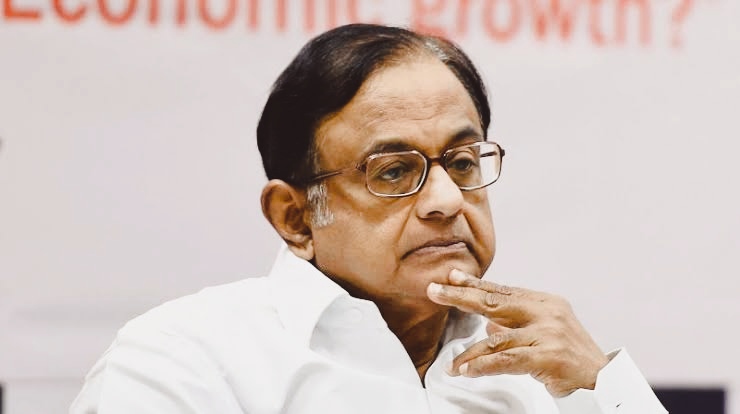In the annals of India’s struggle for freedom, the role of newspapers stands as a testament to the power of the written word in sparking revolutionary change. From the early 19th century to the dawn of independence in 1947, newspapers played a pivotal role in galvanizing the Indian populace against colonial oppression and nurturing a sense of unity and identity among the masses.
Informing and Uniting the Masses
Newspapers became the bridge between the intellectual elite and the common people, providing a platform for sharing ideas, grievances, and aspirations. Early publications like Raja Rammohun Roy’s “Mirat-ul-Akbar” and Ishwar Chandra Vidyasagar’s “Samachar Darpan” ignited discussions on social reform, education, and political awakening. These publications united Indians of diverse backgrounds in their shared quest for freedom.
Championing Patriotism and Awakening
As the freedom movement gained momentum, newspapers became the voice of patriotic fervor. Bal Gangadhar Tilak’s “Kesari” and Bipin Chandra Pal’s “Bande Mataram” kindled the flames of nationalism, propagating the message of Swadeshi and advocating non-cooperation with the colonial rulers. These publications not only reported news but also acted as instruments of education, encouraging readers to reject foreign goods and promote indigenous industries.
Exposing Injustices and Propagating Change
One of the most potent weapons wielded by newspapers was their ability to expose colonial injustices and human rights violations. Prominent publications like “The Indian Sociologist,” edited by Shyamji Krishna Varma, took the cause of Indians abroad and highlighted the horrors of the Jallianwala Bagh massacre. These revelations created international outrage and drew attention to the need for self-governance.
Galvanizing Public Opinion and Mobilizing Movements
Newspapers played a pivotal role in shaping public opinion and mobilizing mass movements. Mahatma Gandhi’s “Young India” and “Navajivan” promulgated his philosophy of nonviolent resistance and civil disobedience. These publications acted as Gandhiji’s mouthpiece, disseminating his ideas across the nation and guiding the masses in their pursuit of freedom.
The Legacy Continues
The legacy of newspapers in India’s struggle for freedom continues to inspire modern journalism. Their unwavering commitment to truth, justice, and the rights of the people serve as a reminder that the press can indeed be a powerful force for change. In the digital age, the torch once carried by these publications is now held by online news platforms, social media, and citizen journalism, upholding the spirit of free speech and democratic values.
As we reflect on India’s journey to independence, it’s crucial to remember that the ink-stained pages of newspapers were more than just sources of information. They were beacons of hope, igniting the flames of resistance and uniting a nation in its pursuit of freedom. The role they played in shaping India’s destiny serves as a timeless testament to the transformative power of words and ideas.





